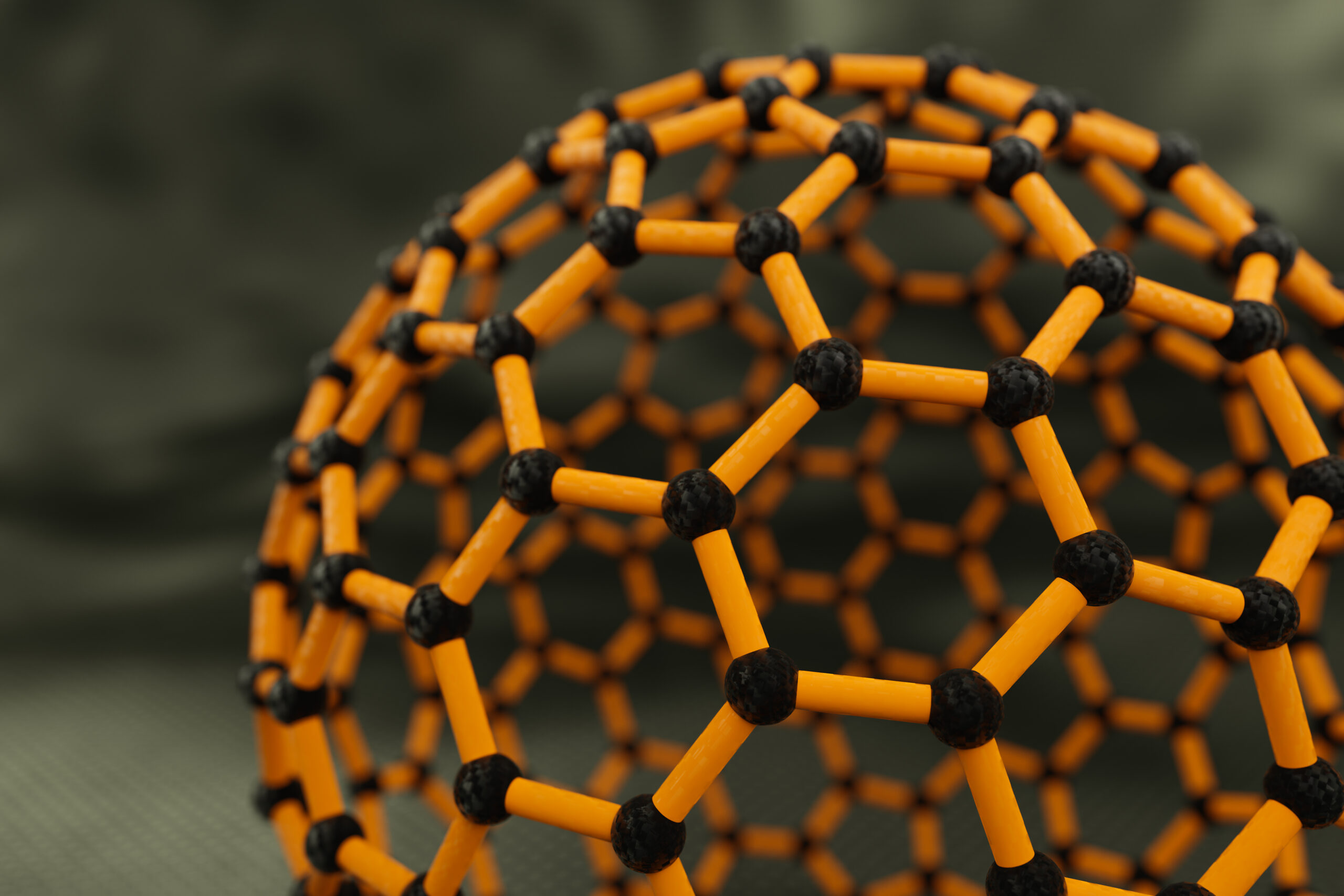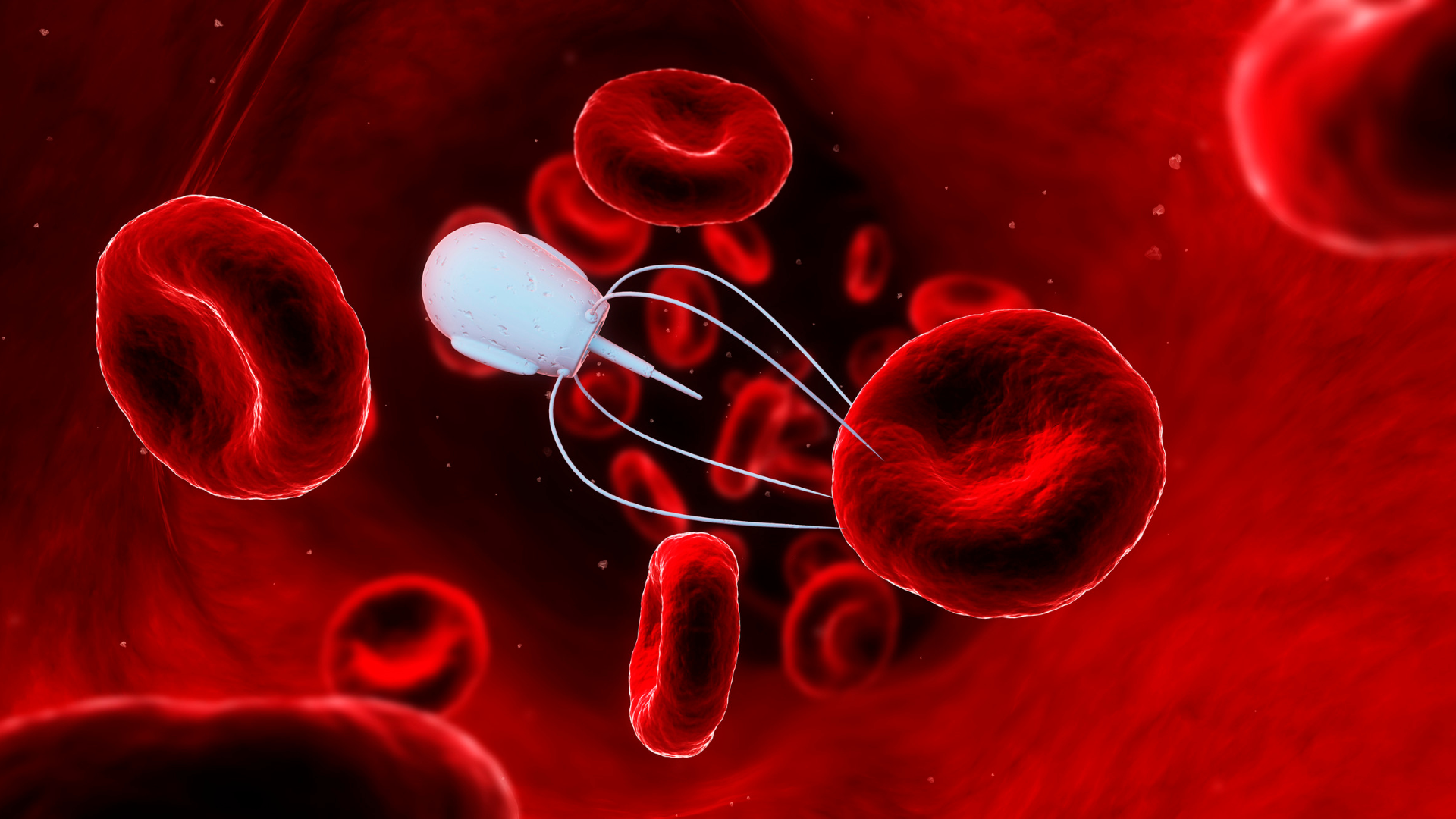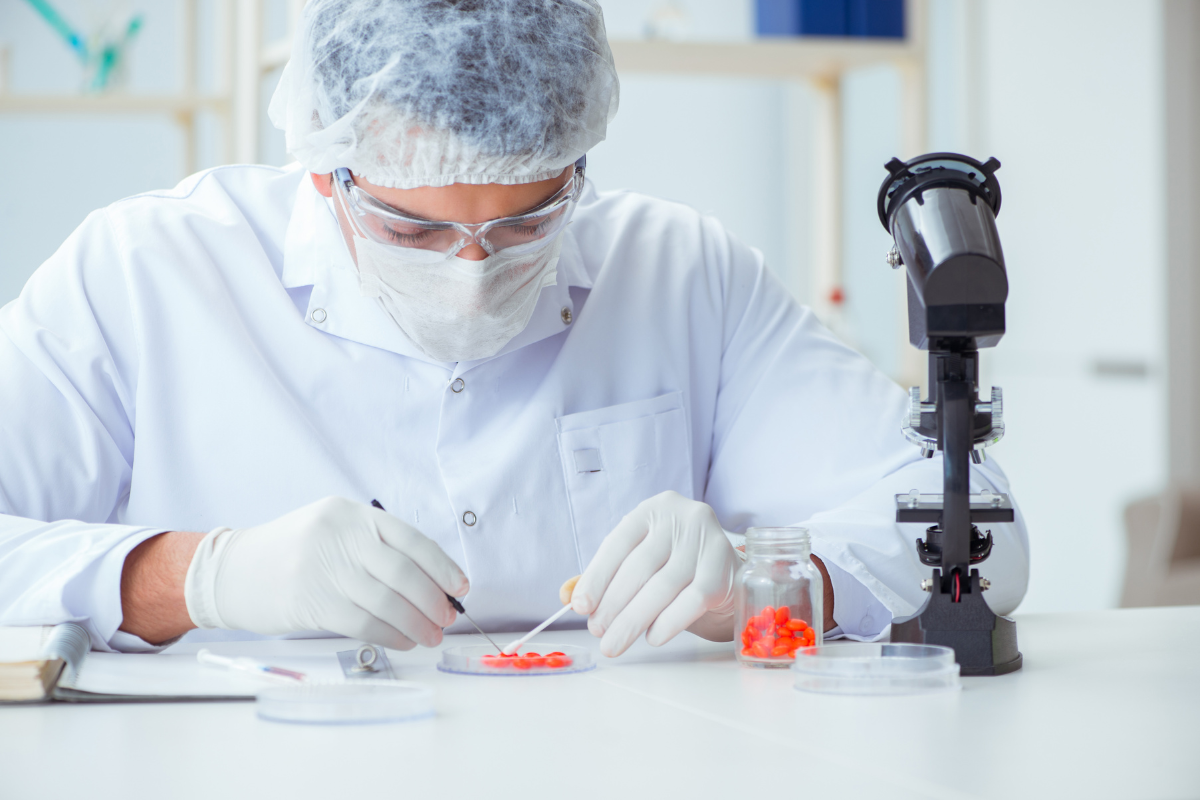Innovative Approaches to Nano Delivery

Nanomedicine refers to the branch of medicine that uses nanotechnology to prevent and treat diseases. It involves the use of nanoscale materials that are too small to be seen with a conventional laboratory microscope, with examples including nanoparticles and nanorobots.
And it was at Oxford Global’s Formulation & Delivery UK: In-Person 2022 event, that the subject of nano delivery was featured as a main topic area. The two-day conference included cutting-edge industry presentations, exciting think tank roundtable discussions, and an abundance of knowledge sharing of the latest research and data in nanoparticle formulation and drug delivery.
- Controlled Drug Delivery of Oral Liquid Dosage Forms
- Realising The Potential of Nanomedicine – Formulation & Delivery Approaches
- Optimising Oral Peptide Delivery
Presentations from Michael Munson, Senior Research Scientist of Advanced Drug Delivery at AstraZeneca and Driton Vllasaliu’s, Senior Lecturer in Pharmaceutics at King’s College London stood out from the dedicated nano delivery track. This Insight article explores the innovative approaches of nano delivery and functionality in the highlight presentations.
1.) 'Nano:Profiler – Understanding Nanomedicines from Cellular Uptake to Functional Delivery'
Michael Munson, Senior Research Scientist of Advanced Drug Delivery at AstraZeneca
In his presentation, Munson showcased AstraZeneca’s Nano:Profiler; a tool created to help understand and profile nanomedicines from cellular uptake to functional delivery. Using the tool, researchers aim to profile the structure-activity relationships of lipid nanoparticles and identify particles with enhanced endosomal escape.
Munson described how the Nano:Profiler, enables researchers to follow fluorescently labelled RNA into the cell “to track where the particles are positioned once they accumulate.” Next, a puncta-forming assay is used to measure endosomal escape activity followed by the delivery of green fluorescent protein (EGFP), where the cell turns green to indicate translation level. “We have a lot of throughput with this assay, having optimised it to a 384 and 1536 well-format,” Munson explained.
Other benefits of AstraZeneca’s Nano:Profiler include its affordability and ease of use since no assay processing steps - such as fixation or labelling - are required. “It's cost-effective to run and does not require antibodies; all you have to do is put your particle on and go,” Munson said. Additionally, the profiler tool has the power to detect many leading nucleotide delivery technologies (such as polymer-based nanoparticles or small molecule inducers of endosomal escape) and is possible to stably integrate into any human cell type.
“But what I find to be the real beauty of the assay is its ability to provide nanoparticle insights,” Munson explained. The tool measures uptake differences and indicates how these may affect subsequent endosomal escape and delivery. Such insight is critical for making an informed decision about which particle to select. Other situational information includes how potential disparities between endosomal escape and increased release of RNA leads to better translation.
Finally, the Nano:Profiler can indicate evidence of stress responses or toxicity caused by cationic lipids, which can help explain differences in subsequent protein translation, despite similar uptake of nanoparticles. We aim to evaluate all of these situational insights to determine how best to improve uptake, escape, and delivery,” Munson explained. Data from the Nano:Profiler is now being employed for the intelligent design of new lipid nanoparticle vectors.
2.) 'Strategies for Oral Delivery of Macromolecules'
Driton Vllasaliu, Senior Lecturer in Pharmaceuticals at King’s College London
During his presentation, Vllasaliu asked, “given the scale of the challenge, is oral delivery of macromolecules worth it?” Numerous factors go into making this decision, such as deciding on systemic versus local delivery or the very nature of therapeutic potency determined by disease and dosage regiment. However, one of the most profound driving forces behind oral delivery is patient preference.
“For example, the question that really needs to be addressed is whether a patient would prefer being injected once a month with a peptide drug as opposed to taking an oral pill every day,” Vllasaliu pointed out. One of the most “fashionable and interesting” approaches of recent years to addressing oral delivery needs is that of nanomedicine. This is because nanomedicine and specifically nanoparticles, can protect the macromolecule as it passes through the “harsh environment of the gastrointestinal tract (GIT), allowing for targeted delivery.”
Nanomedicine for oral delivery of macromolecules also, as Vllaasliu explained, “provides a selective delivery of the therapeutic compared to absorption-enhance approaches which non-selectively increase epithelial permeability.” Furthermore, it is assumed to be a more practical approach for large macromolecules such as antibodies and nucleic acid therapeutics. Finally, some nanoparticles can be utilised for vaccine therapeutics due to their adjuvant properties.
The question that really needs to be addressed is whether a patient would prefer being injected once a month with a peptide drug as opposed to taking an oral pill every day.
However, one of the key problems with nanomedicine for the oral delivery of macromolecules is the poor stability of some types of nanoparticles in the GIT. For example, “liposomes are not stable in the gut, which is why you very rarely see liposome papers for oral delivery of macromolecules.” What's more, there is poor penetration of nanoparticles across the intestinal mucosa due to the multiple barriers present.
“To address poor epithelial penetration, we and others have focused on targeting epithelial transcytosis to shuttle nanoparticles across the intestinal barrier,” Vllasaliu explained. It was found that nanoparticles exploiting transcytosis have potential for the oral delivery of macromolecules, possibly more so for very large macromolecules for local delivery. However, challenges remain around fully understanding transcytosis, engineering optimal nanosystems for this route, and controlling the behaviour of nanoparticles in a complex biological environment.
What’s Next in the Formulation & Delivery Event Series?
The flagship Formulation & Delivery UK: In-Person conference will be returning in 2023 with not one, but two cutting-edge programmes highlighting new strategies for optimising biologic and chemical formulations, the latest developments in drug delivery and combination products, and the novel developmental strategies and technologies for a range of innovative new therapeutic modalities.
Happening on the 25th and 26th of May 2023 in London, UK, the event brings together a panel of prominent leaders and scientists, sharing new case studies, innovative data and industry outlook. To register, please click HERE.
Join leaders, experts, and researchers at Formulation & Delivery US: In-Person, connecting global pharma, biotech, and academia for high-level discussions on the latest innovations for biopharmaceutical development.






